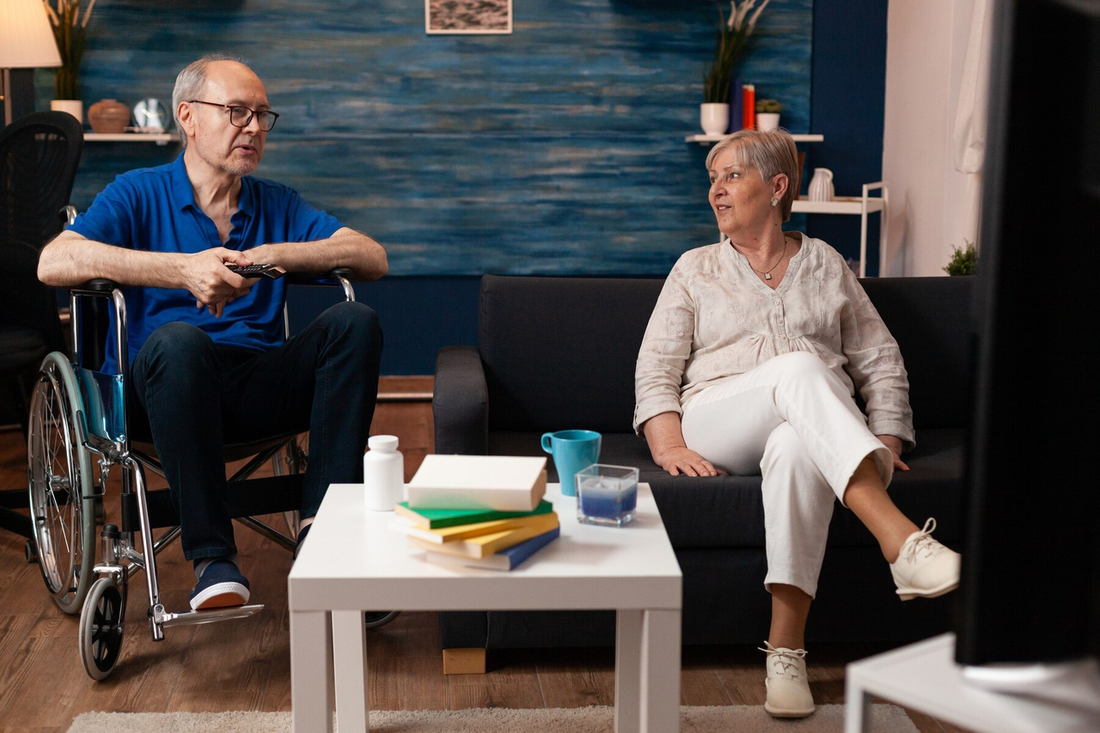Maintaining mobility is crucial for seniors to enjoy independence and a high quality of life. Physical therapy exercises specifically designed for older adults can help improve strength, balance, and flexibility, reducing the risk of falls and enhancing overall well-being. This article delves into effective physical therapy exercises for seniors, providing practical tips and insights for incorporating these routines into daily life.
-
The Importance of Mobility in Seniors
Mobility is key to independence and quality of life for seniors. It affects daily activities such as walking, climbing stairs, and even getting out of a chair. Physical therapy focuses on enhancing mobility through targeted exercises, helping seniors stay active and self-reliant.
-
Benefits of Physical Therapy for Seniors
Physical therapy offers numerous benefits for seniors, including:
-
Improved Strength: Strength training exercises help maintain muscle mass and improve functional strength.
-
Better Balance: Balance exercises reduce the risk of falls and related injuries.
-
Enhanced Flexibility: Stretching exercises improve joint mobility and reduce stiffness.
-
Pain Management: Physical therapy can alleviate chronic pain conditions such as arthritis.
-
Increased Endurance: Cardiovascular exercises enhance overall stamina and energy levels.
-
Key Physical Therapy Exercises for Seniors:
Strength Training:
-
Chair Squats: Sit in a chair with feet hip-width apart. Stand up slowly using your leg muscles, then sit back down. Repeat 10-15 times.
-
Wall Push-Ups: Stand a few feet away from a wall, place your hands on the wall at shoulder height, and perform push-ups. This exercise strengthens the upper body without the strain of traditional push-ups.
-
Heel Raises: Stand behind a chair and hold onto it for support. Slowly rise onto your toes and lower back down. Repeat 10-15 times to strengthen calf muscles.
Balance Exercises:
-
Single-Leg Stance: Stand on one leg while holding onto a sturdy chair for support. Hold for 10-15 seconds, then switch legs. Gradually increase the time as balance improves.
-
Tandem Walk: Walk in a straight line, placing the heel of one foot directly in front of the toes of the other foot. This exercise improves balance and coordination.
Flexibility Exercises:
-
Seated Hamstring Stretch: Sit on the edge of a chair with one leg extended straight and the other bent. Reach towards the toes of the extended leg to stretch the hamstring. Hold for 20-30 seconds and switch legs.
-
Shoulder Stretch: Reach one arm across your body and hold it with the opposite arm, stretching the shoulder. Hold for 20-30 seconds and switch arms.
Endurance Exercises:
-
Walking: Walking is one of the best exercises for seniors. Aim for at least 30 minutes of brisk walking most days of the week. It can be broken into shorter sessions if needed.
-
Cycling: Using a stationary bike is a low-impact way to improve cardiovascular health and endurance.
-
Tips for Incorporating Physical Therapy Exercises:
-
Consistency is Key: Aim to exercise regularly, incorporating physical therapy exercises into your daily routine.
-
Listen to Your Body: Avoid overexertion and stop any exercise that causes pain or discomfort.
-
Stay Hydrated: Drink plenty of water before, during, and after exercise.
-
Wear Appropriate Footwear: Supportive shoes reduce the risk of injury and provide stability.
-
Warm-Up and Cool Down: Always begin with a warm-up to prepare your muscles and end with a cool-down to relax them
-
Professional Guidance:
Consulting with a physical therapist can provide personalized exercise plans tailored to individual needs and abilities. They can assess your physical condition, demonstrate proper techniques, and adjust exercises as needed to ensure safety and effectiveness.
Maximizing mobility through physical therapy exercises is essential for seniors to maintain independence and enjoy a higher quality of life. By incorporating strength training, balance, flexibility, and endurance exercises into their routine, seniors can improve their physical health and reduce the risk of falls and injuries. Consistency and professional guidance are key to achieving the best results. Embrace these exercises to stay active, healthy, and independent.




